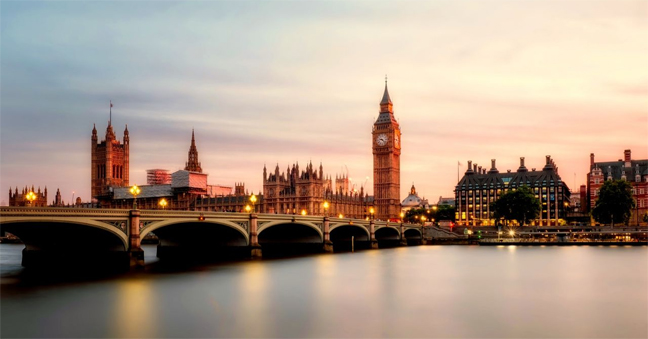Aesthetic Urbanism

Brendan Heard and Iásonas Lupus
“The soul that beholds beauty becomes beautiful.” — Plotinus
Aesthetic urbanism is possible. Urbanism does not have to be shit – it does not have to be plastic hives, at once hideous and boring, or the cookie-cutter prefab conformism of an endless row of identical square domiciles. Which itself encourages among its inhabitants: boredom, secularism, disjointed neighborly individualism (not the healthy kind) and aids in manufacturing the corporate, heath-and-safety modern softie. The clinical exactness of lawn space and driveway, the trivial and trite modern conveniences of plastic carpets and plastic windows and supposed ‘hyper-energy-efficient’ plastic roof lining. The beige sterility and deracinated slow-death of AWFL interiors: live, laugh, love-ery.
Urbanism must work with the nature which surrounds it, its nest, and it must see itself of an extension of that landscape, in the medieval-village sense. I must be built, for that reason alone, from the materials of that local land, to the style and the function of local weather and truer ‘energy-efficiency’ (water mills, wind mills, possibly solar roof tiles which emulate natural shingles, etc). A strict medieval village aesthetic is not required, but something akin to that naturalistic and organic expansion, where forms in brick and stone seem to produce natural growths: unusual street-bridges and extra windows, and rooms blossoming out of roofs, alcoves and corner-towers. Disregard for the ‘cult of the straight line’, which is the sad final remembered law of LLoyd Wright and Bauhaus (themselves somewhat competent) – which is upheld by building codes and architects and losers.
There should be local superstition adhered to, a concept of spirit, hauntings, lives and deaths, local folklore evolved from parochial events and characters. There should be shrines and esoteric symbology imbued in the local style of building. This is the anti-modern, the traditional urbanism, when freed from the shackles of international ‘free trade’ and corporatism and Modernist anti-art philosophies. It is the rule by celestial energy. That is how exciting and vibrant urbanism should be, it shouldn’t be a death march of disinterested boredom and practical exchanges of material cronyism by corrupt bureaucracy, answering to higher state-interest rules (money power). It must have the passion to be OF THE LAND IT INHABITS. Not the entire land, but that specific patch, and its local lake, and mountain, and forest. That is the urban landscape.
Mankind has always felt a sense of spiritual enrichment from a well crafted urban environment which encapsulates a religious respect for local legend. The people are a reflection of their urban environment, and modern people are failing their children by raising them in sterility. An environment of beauty produces spiritually healthy people conducive to ritualism, and all environments which are natural are beautiful. Men once knew how to respect that nature, and to build in emulation of its beauty, and even in some cases to almost surpass it. Our belief that modern art of all sort is ‘random expression’ allows the artless, money-centred developer to build only the plainest, cheapest, and superficially fallow livable-industrial-estate-horror imaginable. We are currently living under several layers of illusion, one being that we have improved much of anything since the late 20th century.
Do not live in a way, or a place, or a style, that is far removed from the tomb of an ancestor! Temples and cathedrals, statues of saints and gods should stand over cobbled streets, and be a consideration of even the smallest community. An aesthetic urban environment is a reflection of a people’s collective soul. And the soul of the land itself, which by extension of the unique properties of its soil and roots, grows a unique human culture among the people who thrive there.











